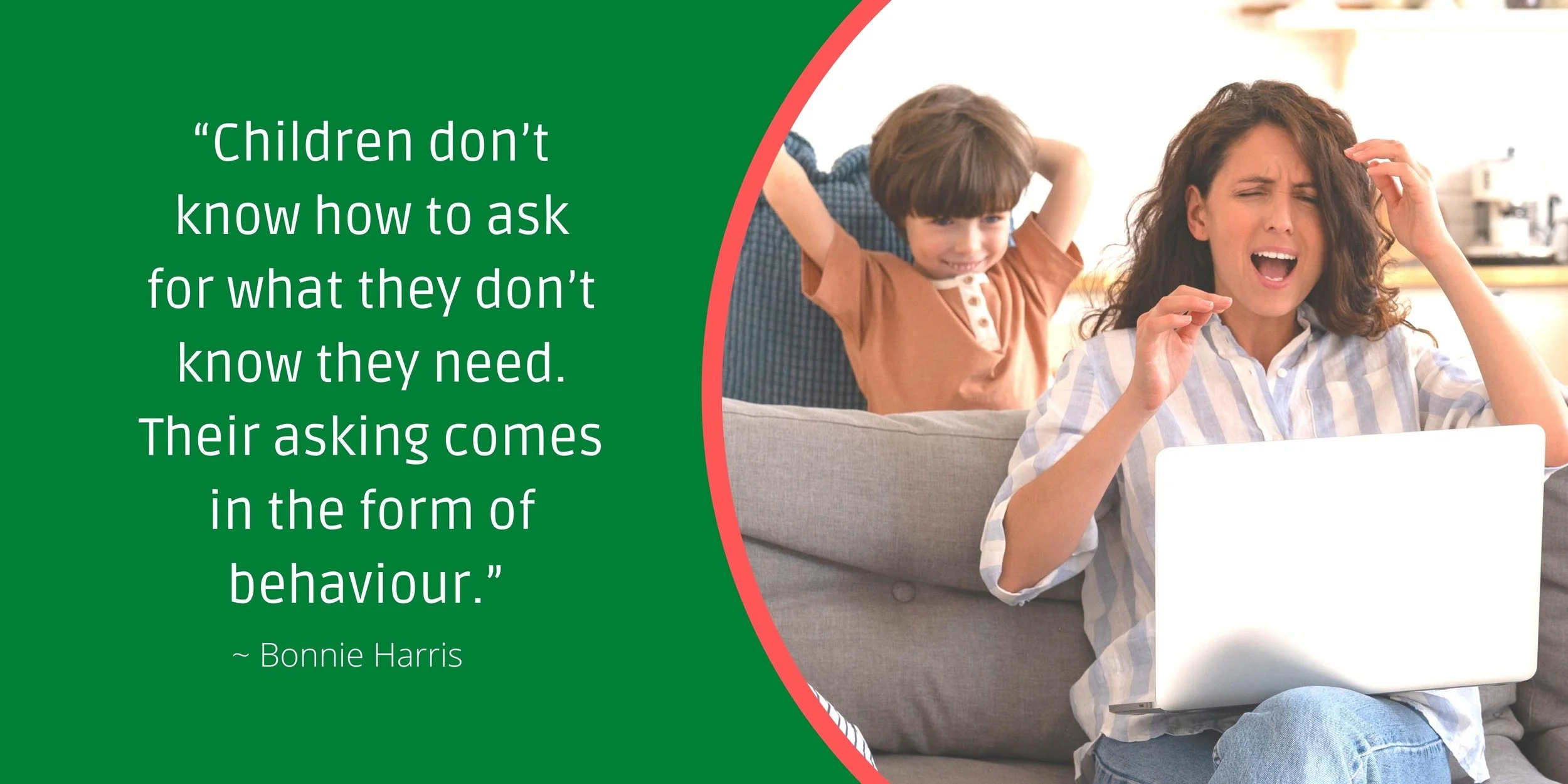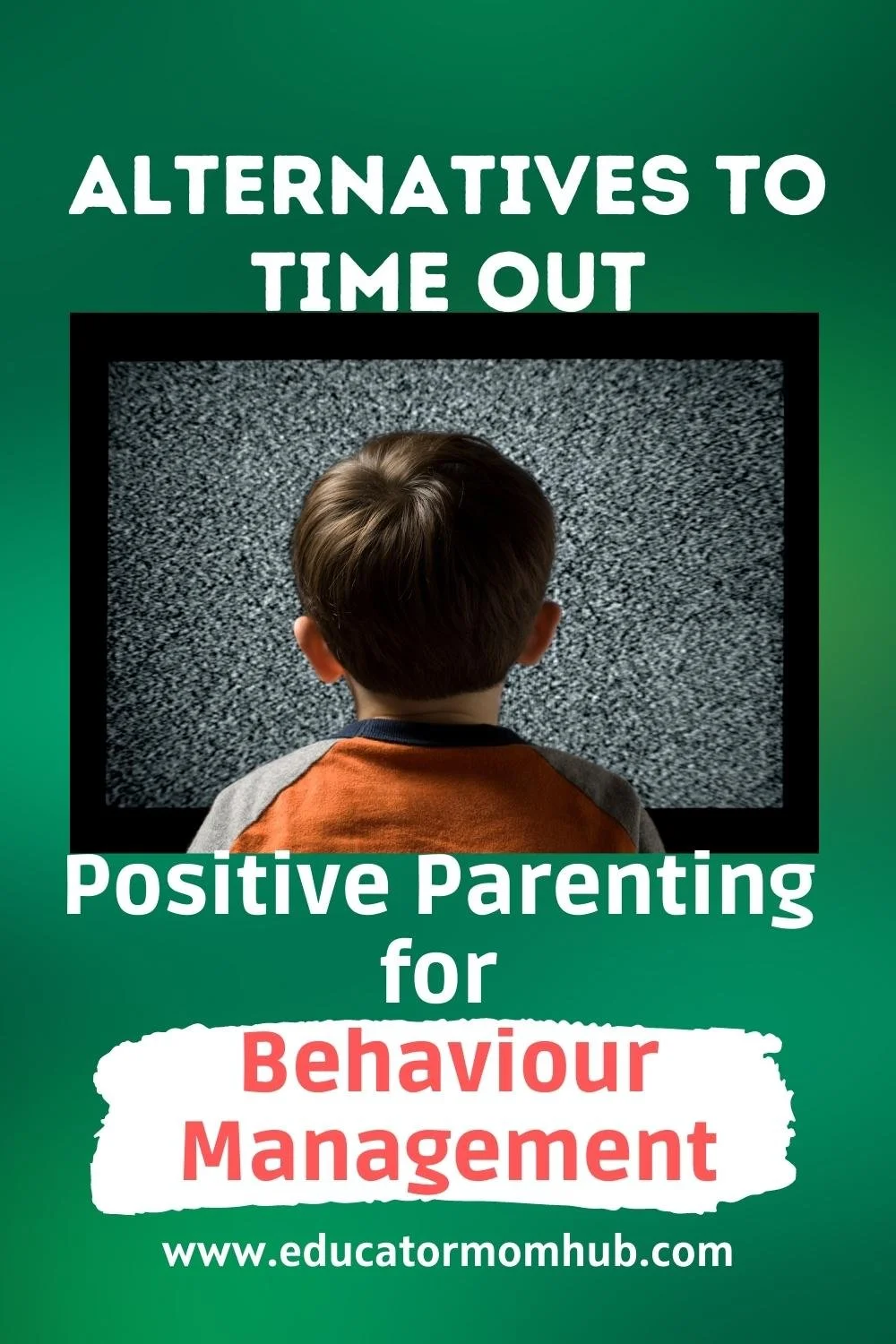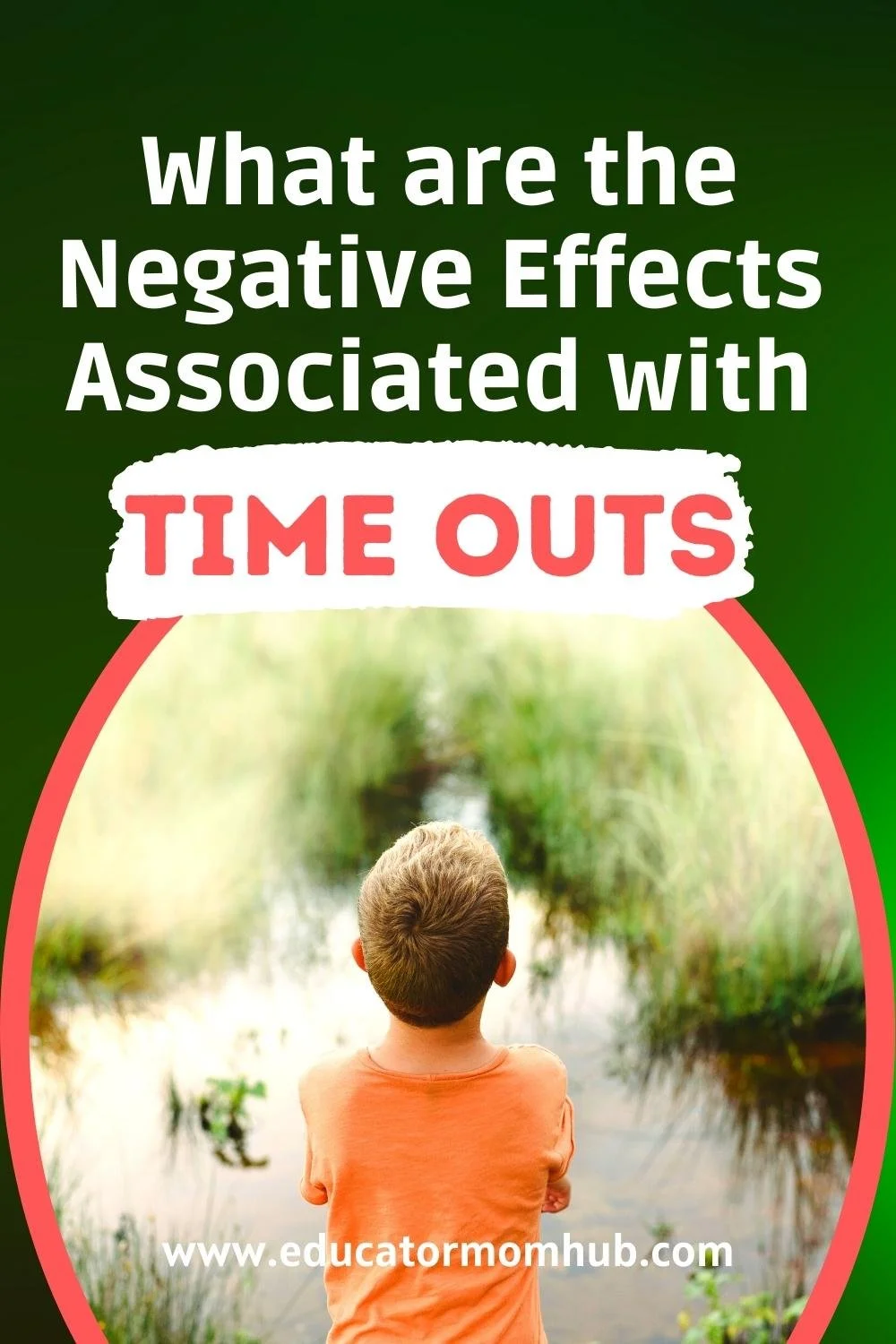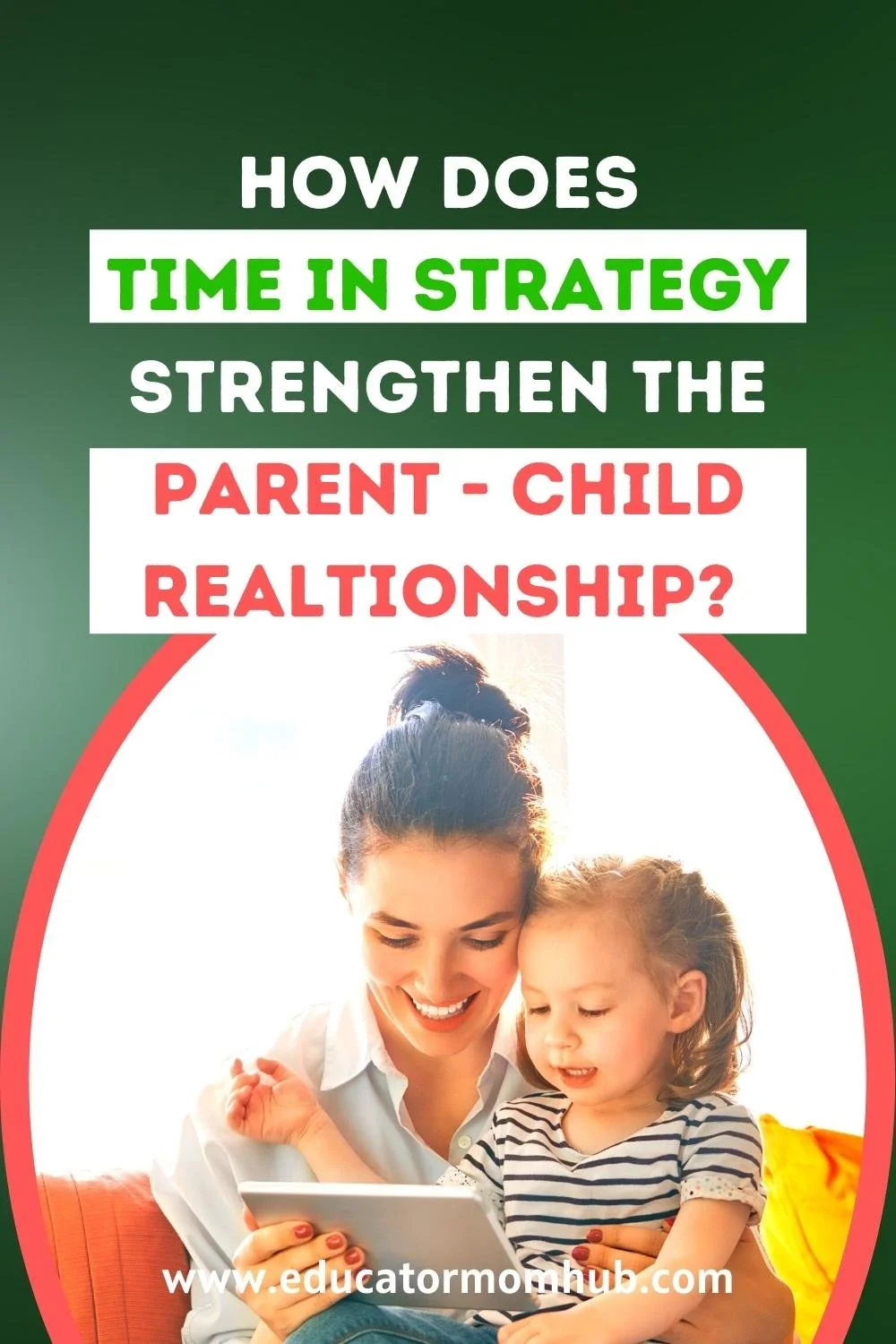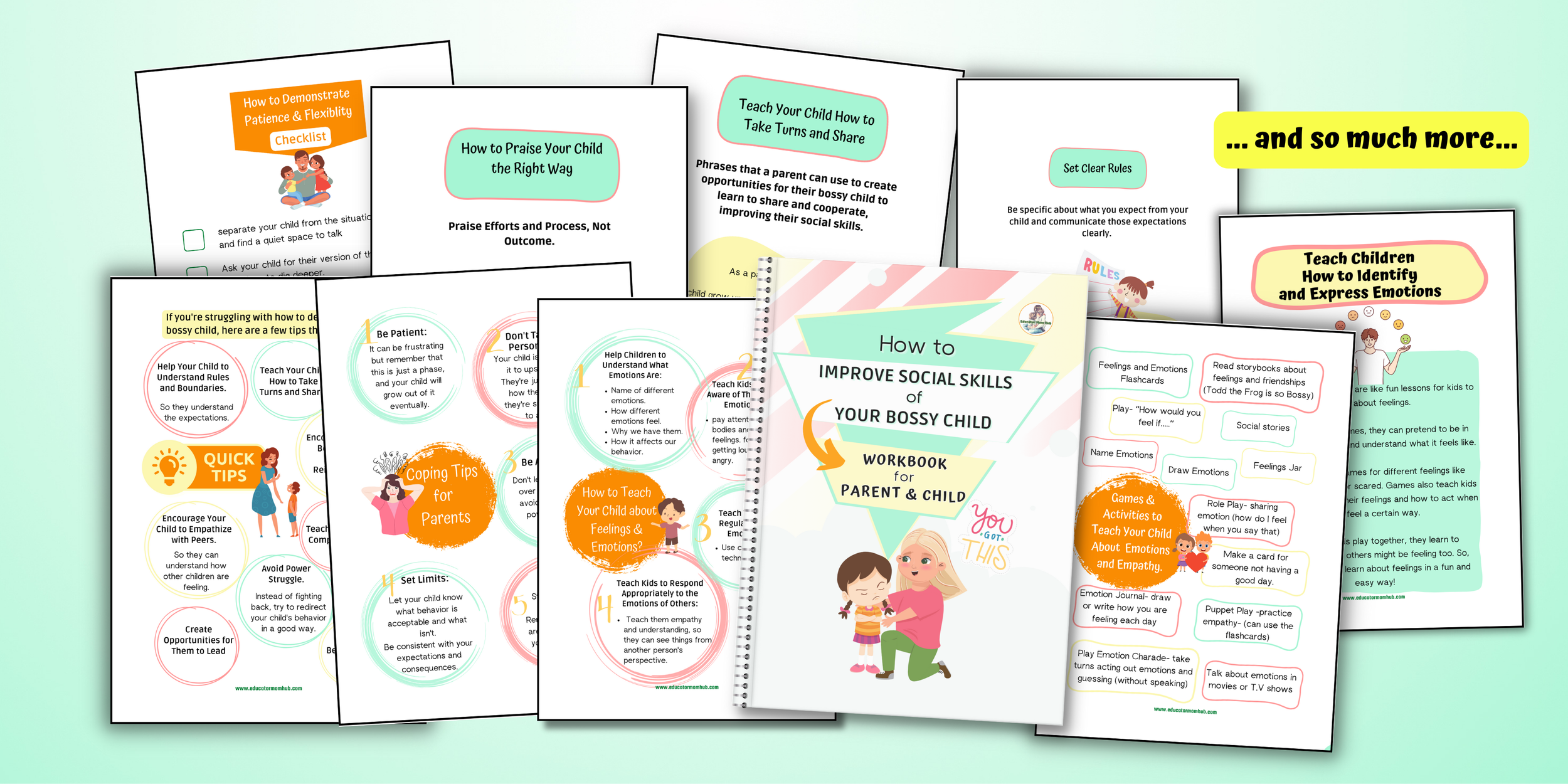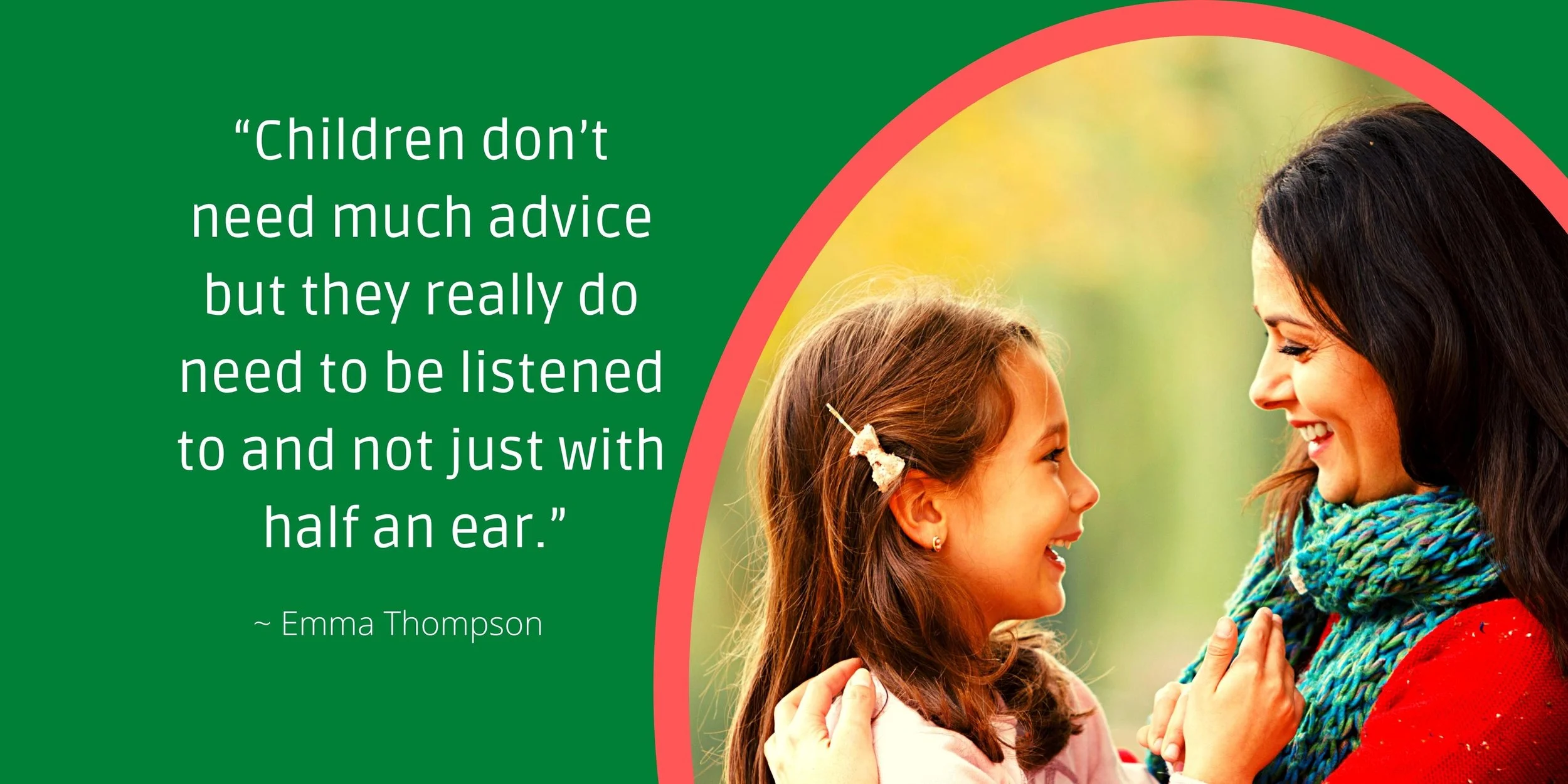Time In or Time Out? Which is Better for Your Child?
When it comes to raising children, one of the most common debates parents have is whether to give their child Time In or Time Out.
On one hand, Time Out seems like a logical way to punish a child for bad behavior. This technique involves taking an individual child out of a given situation or setting and providing them with some time alone to self reflect and self regulate.
On the other hand, Time In, allows children to learn how to behave by example and positive interaction from their parents and the people they are with. This technique is about being fully present with your child and engaging with them in the moment, rather than taking them out of the situation.
So which is better? Let's examine both options so you can make an informed decision.
What is Time Out?
Pin this Post to Pinterest
Time Out is a form of discipline in which a child is removed from the current situation for a short time, usually one to five minutes, to calm down.
The theory behind it is that the child will learn that bad behavior has consequences and will be less likely to do it again in the future.
There are a few different ways to do time out, but the most common is to send the child to their room or a similar quiet place where they can be alone.
Some parents also use a form of physical restraint, such as holding their child in their lap or putting their arm around them, to help them calm down.
What is Time In?
Time In is a newer form of discipline that is gaining popularity.
Unlike Time Out, which removes the child from the situation, time in requires the parent to stay with the child and help them through their emotions.
The goal is to help the child understand and process their feelings, not just punish them for inappropriate behavior.
For example, if a child is having a tantrum, parents might try to sit down with them and find out what the problem is.
They might then try to find solutions that the child can be a part of, or even give them some space until they calm down, while being close by.
What Is the Parent's Role In Time Out vs Time in?
There is a big difference between Time Out and Time In when it comes to the parent's role.
With Time Out, the parent generally takes on more of a "boss" or "authority figure" role where they set rules, enforce consequences, and make decisions for their child.
With Time In, the parent takes on more of a "mentor" or "coach" role where they help their child through the situation by talking it out and giving them guidance.
Benefits of Time Out
Pin this Post to Pinterest
There are a few benefits to using Time Outs as a form of discipline.
First, it can be an effective way to stop negative behavior in the moment. If a child is acting out, removing them from the situation can help to diffuse the situation and prevent further problems.
Second, Time Out gives children a chance to calm down and think about what they have done. This can help older children understand why their behavior was wrong and how they can do better in the future.
Time Outs can be a good way to give parents a break from a difficult situation. Dealing with negative behaviors can be stressful, and taking a few minutes to regroup can help you get your own feelings in control to avoid losing your temper.
Finally, Time Out is a relatively non-violent form of discipline. If done correctly, it does not involve any physical contact or raised voices, which can help to avoid further escalation.
Examples of Time Out Strategies
There are a few different ways you can implement Time Out with your child.
It's important to find what works best for your family, as every child is different. You may need to experiment with a few different techniques before finding the right one. Here are some examples of Time Out strategies:
1. The traditional method: The child is sent to a specific place (often a corner or the time out chair) for a designated amount of time.
2. The child is given a choice: The child is given the option to choose between two time out options, such as going to their room or sitting on the stairs.
3. The child is removed from the situation: If the child's misbehavior continues in a particular place or activity, they are removed from that situation and placed in a more neutral area, such as their room.
Why a Calming Corner is a Better Choice as a Time Out Space
While many parents use a designated Time Out area, such as a chair or couch, others may feel that these spaces don't really help their child stay calm.
Instead, they may prefer to use a calming corner where the child can sit quietly or engage in solitary mindful activities.
Some Benefits of Using a Calming Corner Include:
1. It helps the child learn to calm themselves down.
2. It gives the child a sense of control over their situation, which is important when they are in an emotionally charged state.
3. It can be used as a space for meditation or breathing exercises for self regulation (which may help the child stay calm longer).
4. Some parents find that it's easier to monitor their child in a calming corner, as opposed to sending them to another room.
If you decide to use a calming corner as a time out space for your child, it's important to set some ground rules.
For example, you may want to specify how long they need to stay in the corner, or what they are allowed to do while they are there. It's also important to make sure that the corner is in a safe place where the child can't hurt themselves or others.
Here is an article on 7 Reasons Why All Kids Need A Calming Corner And How To Create One
What Are the Negative Effects Associated with Time Out?
Pin this Post to Pinterest
While Time Outs may seem like a straightforward strategy at first, it actually carries some significant negative effects that can be harmful to long-term child development.
When young kids are put in Time Out, you are just removing them from the situation without addressing or resolving the underlying issue.
This means that kids may not learn how to effectively communicate their feelings, communicate their needs, or regulate emotions which are all important skills for social and emotional development in early childhood.
Furthermore, Time Outs can have unintended consequences later on in life if it hinders kids' ability to develop healthy relationships with others because they have never learned to deal with conflict or learn self-regulation skills.
Children who are punished with Time Out may become afraid of negative consequences or begin to view their parents as the enemy, which can have lasting effects on their mental well-being.
In short, Time Out may seem like an effective technique for dealing with inappropriate behavior when your kids are young and testing limits, but it can actually do more harm than good in the long run.
At the end of the day, parents need to understand that for Time Out to be effective, it needs to be used sparingly and only as a last resort after other methods, such as verbal reasoning and logical consequences, have failed.
Instead of relying solely on this outdated disciplinary strategy, parents would be better off working with their kids to support positive behavior by addressing and understanding what causes their negative behavior in the first place.
Benefits of Time In
Time In is based on the idea that a child continues to need unconditional love and understanding, even when they are behaving badly.
Rather than using punishment or rewards, Time In focuses on building a strong emotional connection through positive interactions with your child.
This involves taking the time to listen to your child and understand their big emotions, even when unacceptable behavior.
When done correctly, Time In can help kids feel loved and feel secure, leading to better behavior over time.
Rather than simply suppressing their feelings, a child learns how to talk about them and work through them. This can help to prevent future behavioral problems.
Finally, Time In helps to build trust between parent and child. When kids feel that they can rely on their parents for support, they are less likely to act out or feel insecure.
Examples of Time In- What Does This Parenting Style Look Like in Practice?
Pin this Post to Pinterest
So what does Time In look like in practice?
There are a few different ways that parents can provide Time In for their children.
One way is to simply be present with your child and offer physical and emotional support. This might involve snuggling, sitting with them while they cry, or holding them while they calm down.
Help your child label their emotions. This can be done by talking about what they are feeling and why. For example, you might say, "I see that you are feeling really angry right now. Is there anything you want to talk about?"
Another way to provide Time In is to offer guidance and support that let your child work through their big emotions.
This might involve helping them to identify healthy coping mechanisms or problem-solving strategies to become more resilient.
For example, you might help them to brainstorm different ways to deal with their anger. This could involve going for a walk, punching a pillow, or drawing a picture to help them express their feelings.
Possible Challenges Associated With Time In
While Time Ins work, it is not without its challenges.
One of the main drawbacks is that it can require a fair amount of time and patience from parents or family members.
To effectively implement 'Time In', a parent needs to be prepared to spend a significant amount of time communicating with their struggling child to help them to understand their emotions.
It can be difficult to sit there for hours listening to your child talk about their feelings, especially if you have other responsibilities that need to be taken care of.
Time In can be ineffective if not done correctly.
If you do not take the time to truly listen to your child and understand their feelings, they will likely feel unheard and continue to misbehave.
Parenting Tips for Successful Time In
Here are Some Tips to Help You Successfully Implement Time In:
1. Be patient: It can take time for children to learn how to deal with their emotions in a healthy way.
2. Be consistent: Time In will only be effective if it is used consistently.
3. Listen actively: Make sure you are really listening to your child and trying to understand their feelings.
4. Avoid reacting: Try to remain calm and avoid getting angry or defensive. Don't engage in power struggles.
5. Be positive: Use Time In as an opportunity to build a strong emotional bond with your child.
Why Is It Better to Strengthen Your Relationship with Time Ins than to Seek a Short-Term Solution with Time Outs?
There are a few reasons why it’s better to focus on strengthening your relationship with your child, rather than simply seeking a short-term solution to their bad behavior.
Builds Trust between parent and child. If your child trusts you to be there for them during their time of need, they are more likely to come to you with their problems instead of acting out.
Children learn that their emotions are valid and worthy of attention. This can help to prevent future behavioral problems, as children will be less likely to feel the need to act out to get their emotional needs met.
Children learn how to cope with their emotions in a healthy way. When you model healthy coping mechanisms for your child, they are more likely to use these same methods when they are feeling upset or frustrated in the future.
13 Alternatives to Time Out or Time In- Positive Discipline Strategies That Work In Everyday Situations
If you're looking for alternatives to Time Outs or Time Ins, here are some positive discipline strategies that may work well for your young child for learning appropriate behavior in everyday situations:
1. Use logical consequences: This means that the child experiences a natural consequence for their actions. For example, a child learns that if they refuse to eat dinner, they may end up going to bed hungry.
2. Give your child choices: This gives the child a sense of control and allows them to learn from their mistakes. For example, you might give your child the choice to go to bed early or clean up their toys before they can watch TV.
3. Use "when/then" statements: This is a way of setting expectations for your child's behavior.
For example, you might say, "When you have picked up your toys, then you can watch TV."
4. Ignore minor misbehavior: This is often effective for attention-seeking behavior. If the child is misbehaving in order to get your attention, you can simply ignore them.
5. Give kids an explanation: Rather than simply telling the child what they did wrong, let them know why their behavior is inappropriate and how it made you feel.
6. Use positive reinforcement: This means rewarding your child for good behavior on the go. For example, you might praise them or give them a hug when they do something well. Here is an article on How to Use Positive Reinforcement for Better-Behaved Kids
7. Model positive behavior: Children learn by watching their parents, so it's important to set a good example for them in everyday situations.
This might mean trying not to yell at your child or using kind words when you speak with them. How To Be A Good Role Model To Kids-15 Characteristics
8. Encourage positive behavior: Try to catch your child being good and praise them for their good behavior. This will help them learn what you expect from them. Here is an article How to Praise Your Child the Right Way- 65 Examples
9. Teach empathy: Help your child understand how their actions affect other people by asking them to put themselves in another person's shoes.
You might also try role-playing scenarios where they have to make decisions in difficult situations.
For example, you could pretend to be a child who is being teased and Ask them how they would feel in that situation.
Here is How to Teach Empathy to Kids- With Everyday Opportunities and Pre-school Activities
10. Set clearer boundaries: If your child is constantly testing the limits, it may be a sign that you need to set more clear rules and expectations for their behavior. You can do this by having regular family meetings to discuss rules and consequences.
Here is an article on How to Set Limits for Kids- 9 Tips for Behaviour Management
11. Give them responsibilities: Having responsibilities can help children learn how to manage their time and work towards a goal, which builds self-confidence. You might give them chores around the house or ask them to help plan an outing. for example, use a daily routine chart with the 'special chore' for the day. How To Manage Children's Behaviour With Daily Routine Charts is another article that could be useful to you.
12. Avoid negative labels: It's important to avoid using negative labels when you talk to your child. Doing so may damage their self-esteem or create a negative association with the word. For example, instead of saying "You're a bad boy/girl," try saying, "That was a bad choice."
13. Avoid physical/ corporal punishment: It's important to avoid hitting or spanking your child as it can lead to further aggression and violence. If you're feeling frustrated, try to take a deep breath and count to 10 before you respond.
Conclusion
Whether as a parent or childcare professional, one of the most important things we can do is to teach our children how to behave respectfully and responsibly.
This can often be challenging, especially when young children are having behaviors that are difficult to manage or understand.
One common parenting approach for disciplining children is Time Out; however, there is mounting evidence that suggests this method may not be as effective as initially assumed.
Instead of relying solely on Time Outs, it can be beneficial to use Time In as an alternative discipline tool.
Time In offers several key advantages over Time Out, from helping kids develop problem-solving skills to promoting greater parent-child connection and communication.
Ultimately, for parents looking for an effective and compassionate way to instil better behavior in their young children, Time In is a great choice.
FAQ
1. What is Time In?
Time in is a type of discipline where the parent or caregiver remains with the child during the disciplinary process. This means that instead of sending the child to their room or another area to calm down, the parent will stay with them and help them through the situation.
2. What are the key advantages of using Time In?
Some of the key advantages of using time in to discipline your child include helping them develop problem-solving skills, promoting greater parent-child connection and communication, and avoiding the use of negative labels or physical punishment.
3. How can I use Time In with my child?
There are a few different ways you can use time in with your child. One way is to role-play different scenarios with them so they can learn how to handle difficult situations. Another way is to give them responsibilities around the house or during outings. You can also avoid using negative labels when you talk to the kids and instead focus on praising them for their good behavior.

